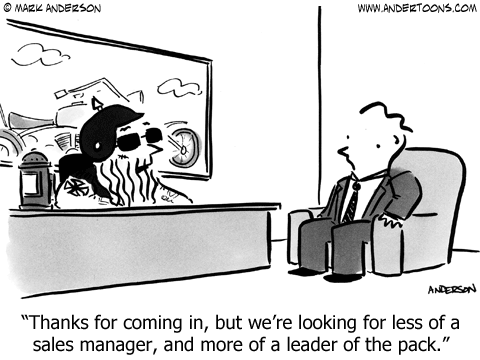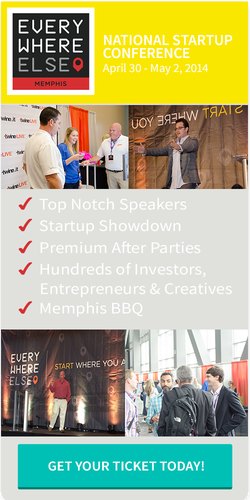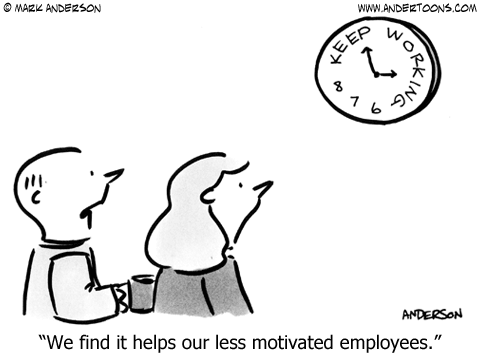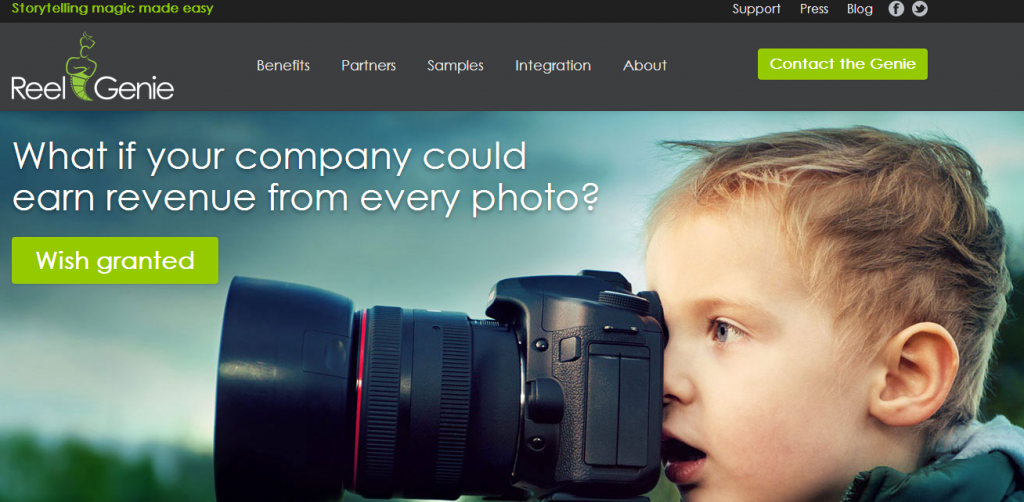Finding a mentor or personal advisor can be intimidating to female founders. Women often have a Superman complex — we rarely seek advice because we believe we should be able to do everything, know everything, and be everything to everyone. But my co-founder Brittany and I have found that to truly harness success, it really does take a village. You need outside perspectives to stay balanced and develop an holistic view of your business.
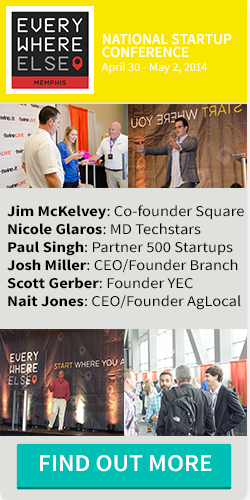 In order to keep growing my own support network, I started grouping my mentors and advisors into four distinct categories. This trick helps me make sure I always get advice from individuals varying in age, gender, socioeconomic status, and other demographics — thus opening the door to new conversations and perspectives.
In order to keep growing my own support network, I started grouping my mentors and advisors into four distinct categories. This trick helps me make sure I always get advice from individuals varying in age, gender, socioeconomic status, and other demographics — thus opening the door to new conversations and perspectives.
Below are the four main categories I’ve identified, and where YOU can start looking for an advisor in each:
Category 1: Inside the Industry/Knows You Personally
From in-the-trenches stories to best-practice scenarios, these are the individuals who not only know what you are going through but know how you personally handle situations. These people know your strengths and weaknesses. They can help you come up with solutions to improve your weaknesses or toss out new revenue ideas to play up your strengths. Their advice is usually very specific and is often extremely helpful for dealing with short-term goals, problems, or delicate business scenarios.
Potential Advisors: An old boss, a fellow entrepreneur/friend, or a friend at similar company.
Category 2: Inside the Industry/Acquaintance
From boardrooms to client relations, these are the individuals who know what it’s really like to work and live in your industry. While they know you, you wouldn’t call them out of the blue or invite them out for dinner. These people are great for giving you an honest look at the industry without worrying about your feelings. They give straight-to-the-point feedback, and you are often only meeting or speaking with them for around 30 minutes, so as to not clog their day. These individuals are valuable resources for bouncing new ideas off, discussing business pivots, or giving you ideas about restructuring.
Potential Advisors: A friend of an industry friend, your lawyer, or a past client you have a good rapport with.
Category 3: Outside the Industry/Knows You Personally
From fielding emotional meltdowns to trading personal workday anecdotes, these are the individuals who can lend an ear because they know you well. While they don’t work in your industry, they give a brilliant outside stance on the bigger picture. These individuals can give you personalized advice on your reactions to various situations and relationships such as clients, internal colleagues, or even overall business practices. They can also be solid sounding boards regarding a new product or service, as they have no background knowledge of your industry and likely have a consumer-based opinion.
Potential Advisors: A close friend, a relative, spouse/significant other, or a roommate.
Category 4: Outside the Industry/Acquaintance
From business-building advice to a third-person perspective on your life and your business, this type of mentor is one of the most important. For this category, I believe having a business coach is of the utmost importance. Coaches have a background and knowledge of entrepreneurship that can spark poignant conversations and drive business decisions. At ‘ZinePak, we work with a business coach named Marla Tabaka. She knows us well, but not well enough to take sides or spoon-feed us what we want to hear, and that’s what matters. These individuals can also help you gain perspective on the bigger picture, inspire long-term goals, and provide unbiased industry and personal feedback.
Potential Advisors: A recommended and trusted business coach or consultant. Make sure he or she has a current client list, so you can check references!
Kim Kaupe is the co-founder of ZinePak, a custom publication company that creates engaging fan packages for entertainers, brands, and celebrities. She graduated with a B.A. in marketing from the University of Florida and roots loyally for her Gators. Most recently, she was named one of Forbes 30 Under 30. Previously she was named to Advertising Age’s 40 Under 40 List and featured in The Wall Street Journal’s Start Up of the Year Documentary.
The Young Entrepreneur Council (YEC) is an invite-only organization comprised of the world’s most promising young entrepreneurs. In partnership with Citi, YEC recently launched StartupCollective, a free virtual mentorship program that helps millions of entrepreneurs start and grow businesses.



